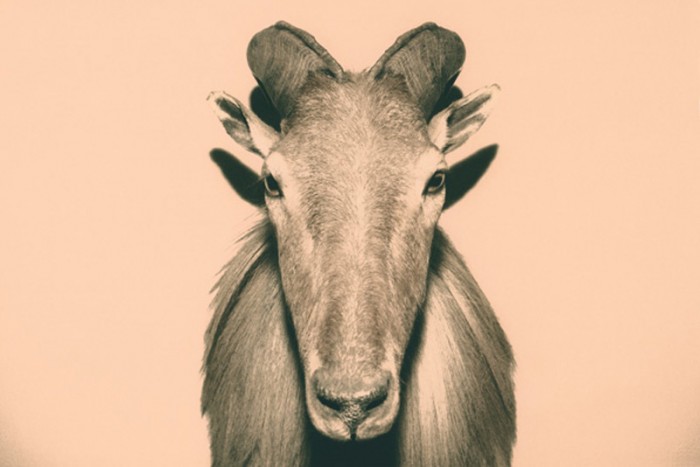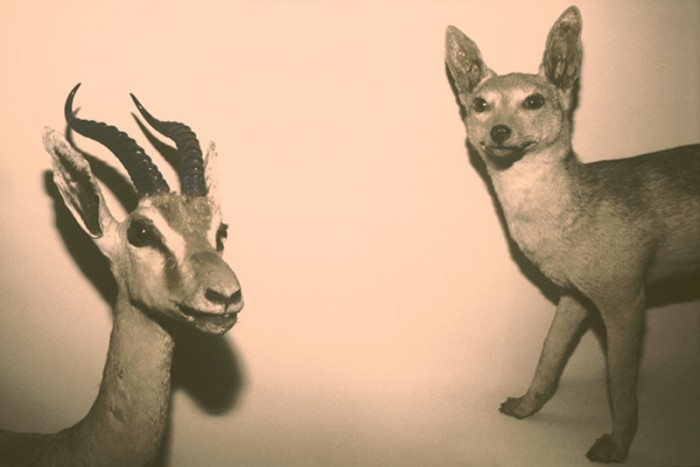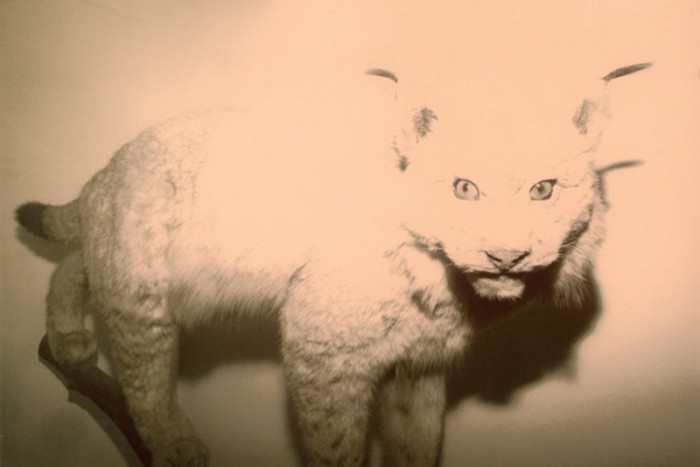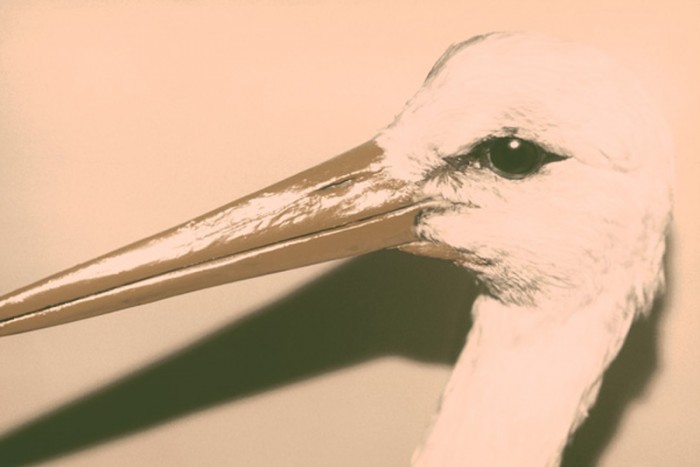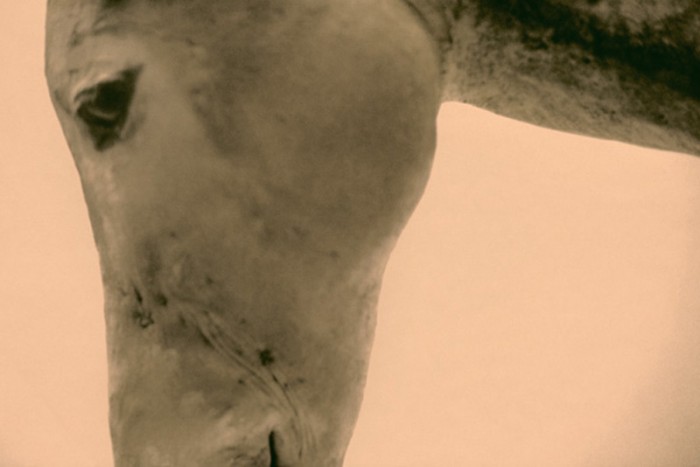No Title
-
PhotographerAndrea Ferrari, Italy
-
Website
The work presented for the competition was created throughout 2009, and consists of 30 final images. All of the photographs, depending on the content, were created specifically for one of two formats: 60 x 90 cm or 30 x 45 cm. The photographs were created in the museums of natural science in Milan and Genova.
The themes investigate the animal world in a variety of relations, which consist of naturalness and enigmatic character, glance and disorientation, chromatic component and perceptive reference.
The animal world has always had strong symbolic connotations: animals have been an interpretative intermediary between man and nature, including bearers of the holy. Through them, it was possible to interpret the divine, looking for an answer from their signs: they were messengers of meanings of things and time, referencing destiny.
The role that the ancient world gave to the animals depended on a precise fact that the animal is an enigma, even if they were the first circle of living creatures surrounding man. They werenâ??t provided with language, so communicate through behaviour, making them at one with nature. The animal is the bearer of an enigmatic structure of the real because in its glance it is possible to look for a way to recognize the destiny of the living being but, in return, its answer is to conform to their silent nature, that talks of origin.
The animal world brings with itself, a feeling of nostalgia and fragility: the animals are the deepest metaphor of how mans history, his progression, and his way to articulate the world, have created mystification towards the natural. The nostalgia that is issued from the fact that they werenâ??t understood is synonymous with the mistake towards the natural, in its extensive meaning. Any images of animals, from the mere documentaries to the more abstract, carry this message of incomprehension and fragility.
In this work, the perceptive focus is made from the chromatic component that practises suspense and disorientation. This necessity doesnâ??t depend on an aesthetic and formal relation, but from the precise psychological link to the colour of the skin tones. In these terms, the use of colour is the enigmatic way of perception in the form of visual unconsciousness. It may look unimportant, but this is precisely the perception of the colour of our skin that returns these images to abstract, so alive and dense with interpretative implications.
Andrea Ferrari was born in Milan, where he graduated in Philosophy with a Masters in Aesthetics and History of Contemporary Art at the Universitaâ?? degli studi, in Milan.
For ten years he has worked as a freelance photographer in the editorial field, regularly collaborating with a variety of Italian and foreign magazines. His work is widely published in Domus, Case da Abitare, Vogue, AD Spain, Elle Decor Italy and Elle Decoration UK. He concentrates on photographing interiors, still-life and portraits for his editorial work. Yet, his training has allowed him to develop independent personal research, parallel to his activity as a photographer.
The work presented for the competition was created throughout 2009, and consists of 30 final images. All of the photographs, depending on the content, were created specifically for one of two formats: 60 x 90 cm or 30 x 45 cm. The photographs were created in the museums of natural science in Milan and Genova.
The themes investigate the animal world in a variety of relations, which consist of naturalness and enigmatic character, glance and disorientation, chromatic component and perceptive reference.
The animal world has always had strong symbolic connotations: animals have been an interpretative intermediary between man and nature, including bearers of the holy. Through them, it was possible to interpret the divine, looking for an answer from their signs: they were messengers of meanings of things and time, referencing destiny.
The role that the ancient world gave to the animals depended on a precise fact that the animal is an enigma, even if they were the first circle of living creatures surrounding man. They werenâ??t provided with language, so communicate through behaviour, making them at one with nature. The animal is the bearer of an enigmatic structure of the real because in its glance it is possible to look for a way to recognize the destiny of the living being but, in return, its answer is to conform to their silent nature, that talks of origin.
The animal world brings with itself, a feeling of nostalgia and fragility: the animals are the deepest metaphor of how mans history, his progression, and his way to articulate the world, have created mystification towards the natural. The nostalgia that is issued from the fact that they werenâ??t understood is synonymous with the mistake towards the natural, in its extensive meaning. Any images of animals, from the mere documentaries to the more abstract, carry this message of incomprehension and fragility.
In this work, the perceptive focus is made from the chromatic component that practises suspense and disorientation. This necessity doesnâ??t depend on an aesthetic and formal relation, but from the precise psychological link to the colour of the skin tones. In these terms, the use of colour is the enigmatic way of perception in the form of visual unconsciousness. It may look unimportant, but this is precisely the perception of the colour of our skin that returns these images to abstract, so alive and dense with interpretative implications.
